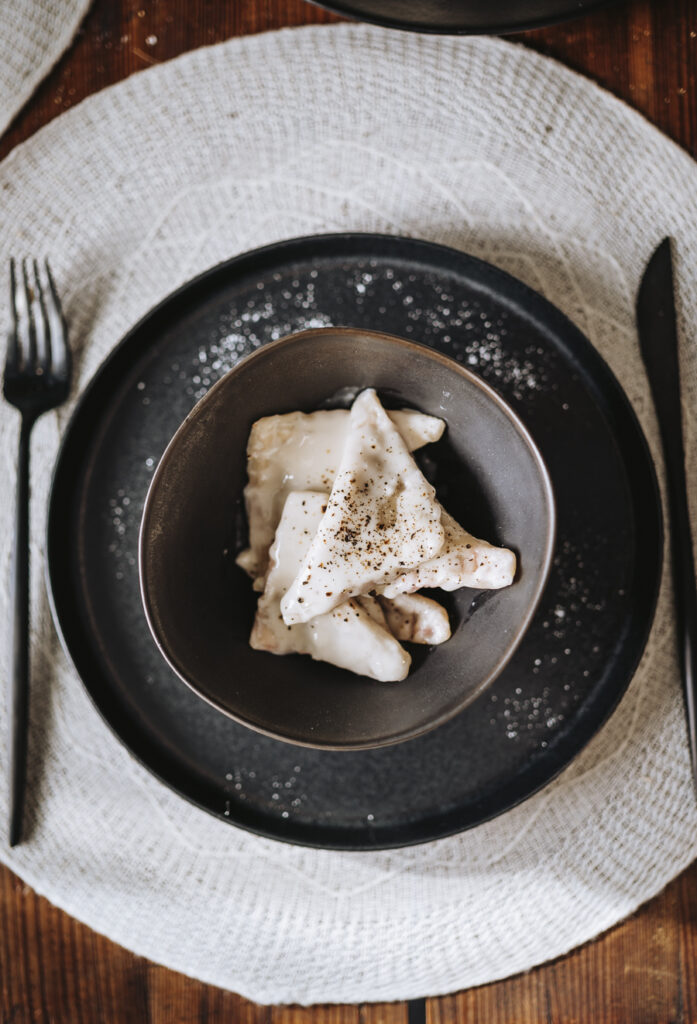
KLEPE
Can’t-stop-eating-filled dough pieces resembling ravioli or dumplings served with two mouthwatering sauces.

Bosnia & Herzegovina
The Cuisine of Bosnia and Herzegovina has been, as its history, influenced by many different countries and cultures over the centuries.
Located in the south-eastern part of Europe, on the Balkan Peninsula, lying mainly between Croatia to the west and Serbia to the east and in close vicinity to Turkey, the most important influences on Bosnia’s culture and cuisine came from the Ottomans, the Mediterranean and Central Europe.
Independent country since 1992, Bosnia and Herzegovina has a very long and rich history, which dates back to ancient times. It was part of the Ottoman Empire, the Austro-Hungarian monarchy, and Yugoslavia, which is reflected in its culture and cuisine. Traditional cuisine and food customs have their origins in Islam, Christianity and Judaism, which gives a specific touch to Bosnian dishes.
The area that is now Bosnia and Herzegovina has been inhabited most likely since the Neolithic age, with several Illyrian and Celtic civilizations populating it before the arrival of the ancestors of the South Slavic peoples, that populate the area today, during the 6th through the 9th century and development of the Kingdom of Bosnia in the 14th century. In the mid-15th century, the Ottoman Empire annexed the Kingdom of Bosnia and remained in power until the late 19th century. The Ottomans brought Islam to the region and caused many cultural and social changes. This is why the cuisine of Bosnia and Herzegovina has a lot of similarities with Turkish traditions. However, from the end of the 19th century until World War I, Bosnia and Herzegovina was under the rule of the Austro-Hungarian monarchy, which introduced a lot of central-European and western-Europan culinary customs and traditions. Thus, contemporary Bosnian cuisine is part of the cultural and historical heritage and is a mixture of authentic Bosnian dishes, traditional Turkish, Arab, Austro-Hungarian, Jewish and other food cultures.
The basic characteristic of Bosnian cuisine is the slow way of food preparation, without much haste, but with a lot of patience, attention and love. Most of the dishes are rich in vegetables, light and very flavorful. Dishes are prepared without many spices, and the flavors come from the main ingredients which are slow-cooked in their juices.
Typical dishes include organic meat, usually lamb or beef to meet Halal requirements, but as Bosnia and Herzegovina’s population is very diverse, consisting of different ethnic groups such as Bosniaks, Serbians, Croatians and Jewish, some meals include pork in some parts of Bosnia and Herzegovina.
Most meals contain meat, but the meat percentage is relatively small compared to the vegetable percentage. Meat is usually cut into small pieces, serving as a flavor booster. Nevertheless, vegetarian dishes are scarce, and as milk products are often favored, vegan options are almost non-existent.
Most meals are cooked for a few hours over light heat, and prepared in large quantities, as eating in Bosnia and Herzegovina represents a very social, family-oriented activity. During gatherings, people of Bosnia and Herzegovina like to consume food and drinks in a slow way, known as Meza, which is a ritual of enjoying small bites of various foods and drinks, along with conversations.
As several important traditional dishes are based on baked pastries and stuffed vegetables, preparation can be fairly long and complicated, so be sure not to plan anything else for when you decide to prepare some of Bosnia’s dishes.

Can’t-stop-eating-filled dough pieces resembling ravioli or dumplings served with two mouthwatering sauces.
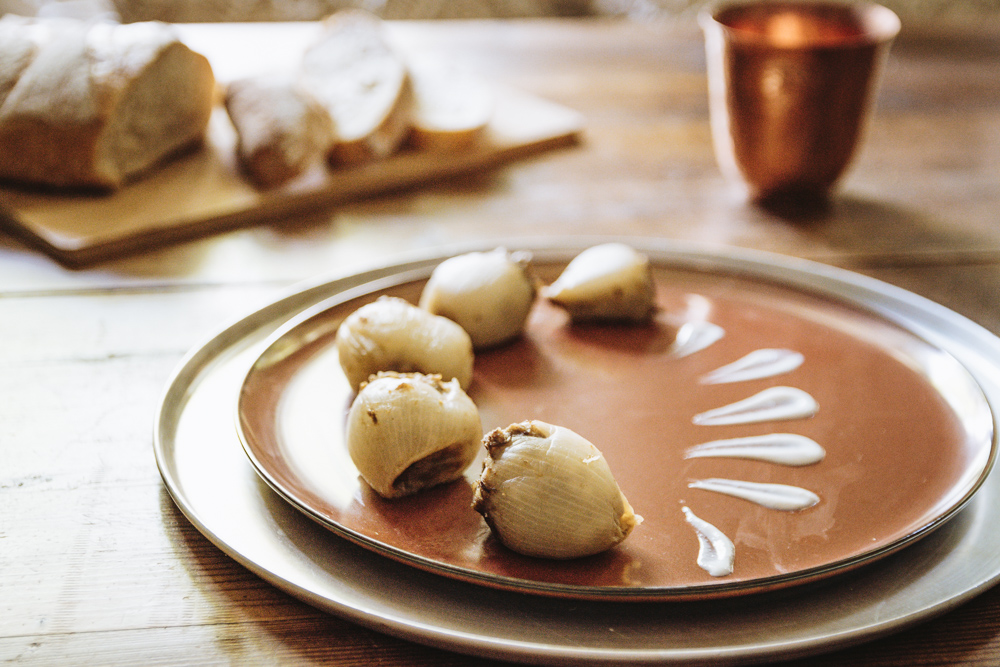
Comfort food of Bosnia and Herzegovina- stuffed onions – is a perfect dish for long winters!
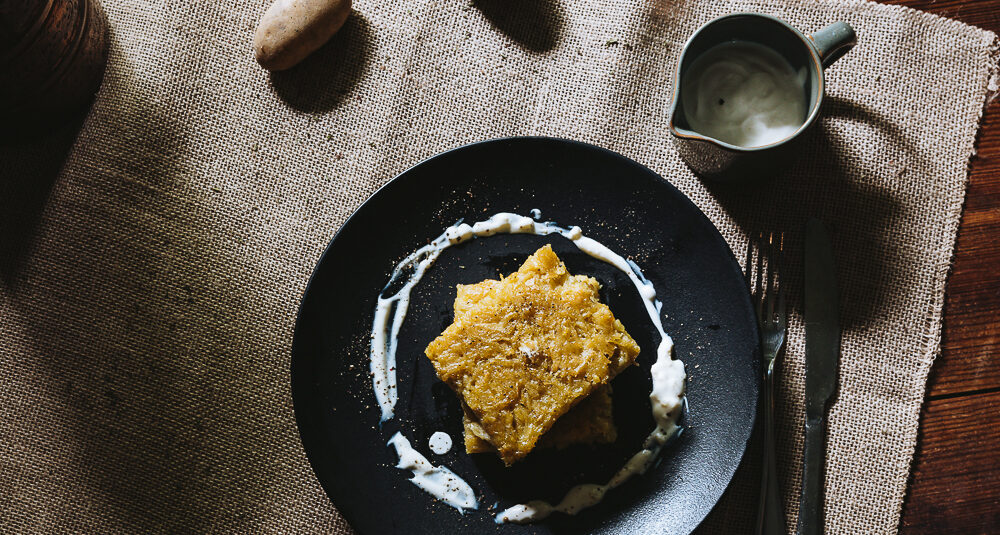
A simple and amazingly tasty dish, made with ingredients that everyone has at home – potatoes and onions.
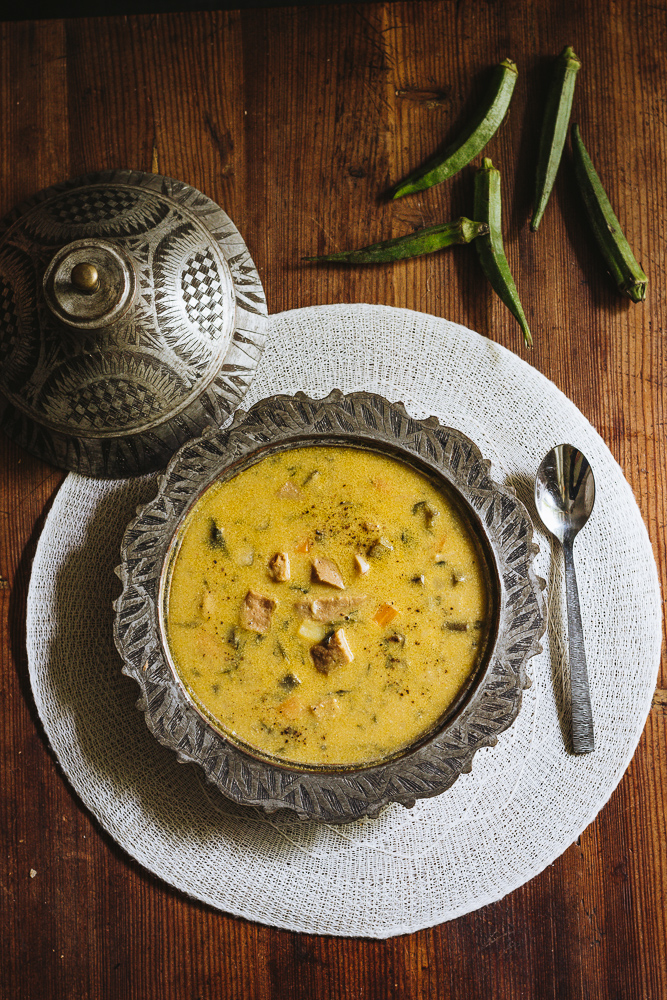
A royal soup and an indispensable part of every festive table, this dish will amaze you after the first bite.
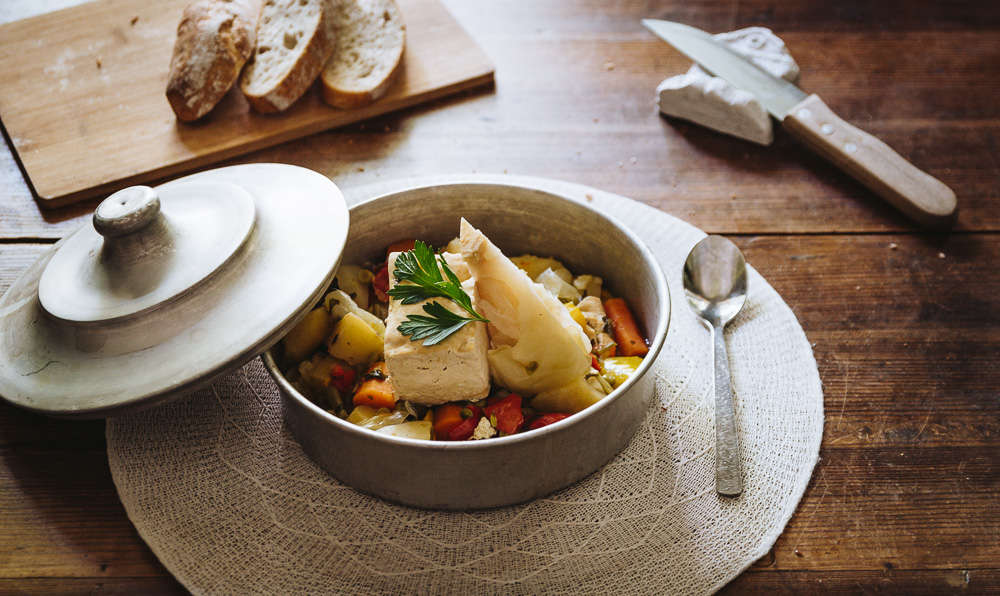
Simple, authentic and flavorful, this stew will revitalize your body and soul on cold winter days.
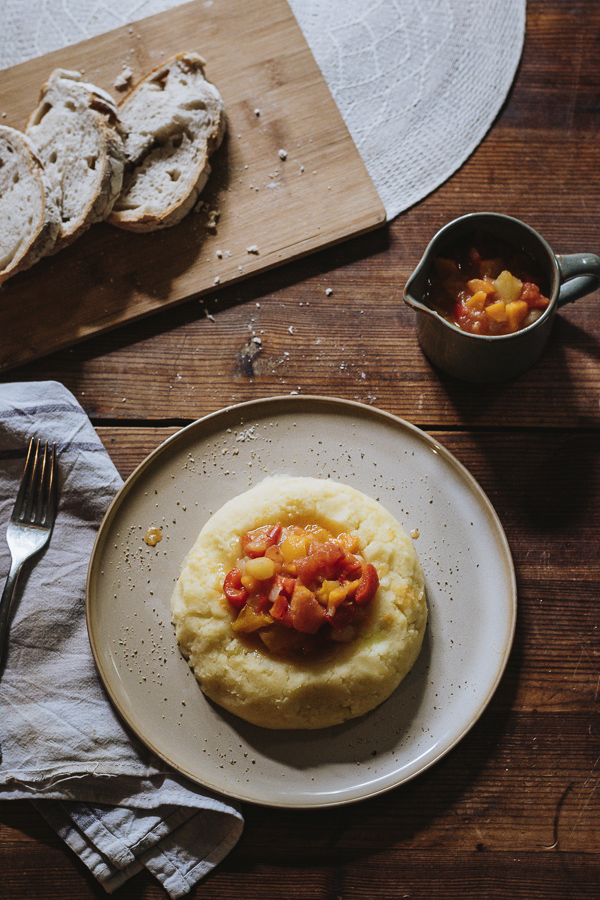
Colorful, light and rich in flavors, you will want to prepare this easy-to-make vegetable stew every day.
Thank you for taking your time and reading our recipes! We hope that we have inspired you to try out some dishes.